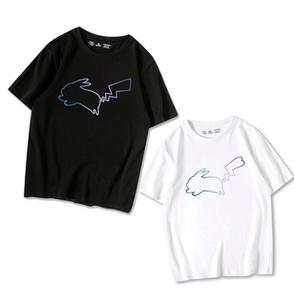The craftsmanship of customized clothing is the process of making clothing to meet individual needs. The following are some common custom clothing crafting techniques:
1. Measurement: The first step in customizing clothing is to measure the body to ensure that the clothing can fit the customer perfectly. figure. This includes measuring key dimensions such as height, bust, waist, hips, shoulder width, sleeve length, and more. A professional tailor or designer will use measuring tools such as tape measures and curve gauges to obtain accurate measurements.
2. Cutting: Cutting is the process of cutting the fabric according to the required size and design. During the cutting process, the fabric needs to be carefully measured and cut, and the number and size of the parts cut out meet the requirements.
3. Sewing: Sewing is the stage of splicing and sewing the cut fabric parts. Depending on the design requirements, tailors will use different sewing methods, such as flat seams, hemming, curved seams, etc. During the sewing process, you need to use the corresponding sewing thread and stitches to ensure that the sewing is firm and there are no loose threads.
4. Details: Customized clothing usually pays attention to details to add personality and uniqueness. Detailing can include the design and processing of collars, cuffs, pockets, buttons, and more. These details are usually done by hand sewing or specialized sewing equipment.
5. Accessory installation: Accessory installation of customized clothing is also an important part. This may involve sewing buttons, installing zippers, fastening linings, and more. These accessory items require careful handling and precise installation to ensure overall quality.
6. Fitting and modification: During the production process of customized clothing, customers usually need to make multiple fittings and modifications. During the fitting process, customers can check the fit, cut and details of the garment to see if it is what they want. Based on customer feedback, the tailor will make corresponding modifications to achieve customer satisfaction.
7. Ironing and finishing: Finally, custom garments need to be ironed and finished to ensure the smoothness and overall appearance of the garment. Ironing removes wrinkles from the fabric and gives the garment a neater and more professional finish.
In short, the craftsmanship of customized clothing includes measuring, cutting, sewing, detail processing, accessories installation, fitting and modification, ironing and finishing, etc. link. The sophistication and professionalism of these technologies directly affect the quality and personalization of customized clothing. It is very important for a tailor or designer to have knowledge of the garment making process to ensure that the custom garments perfectly represent the needs and requirements of the client.





